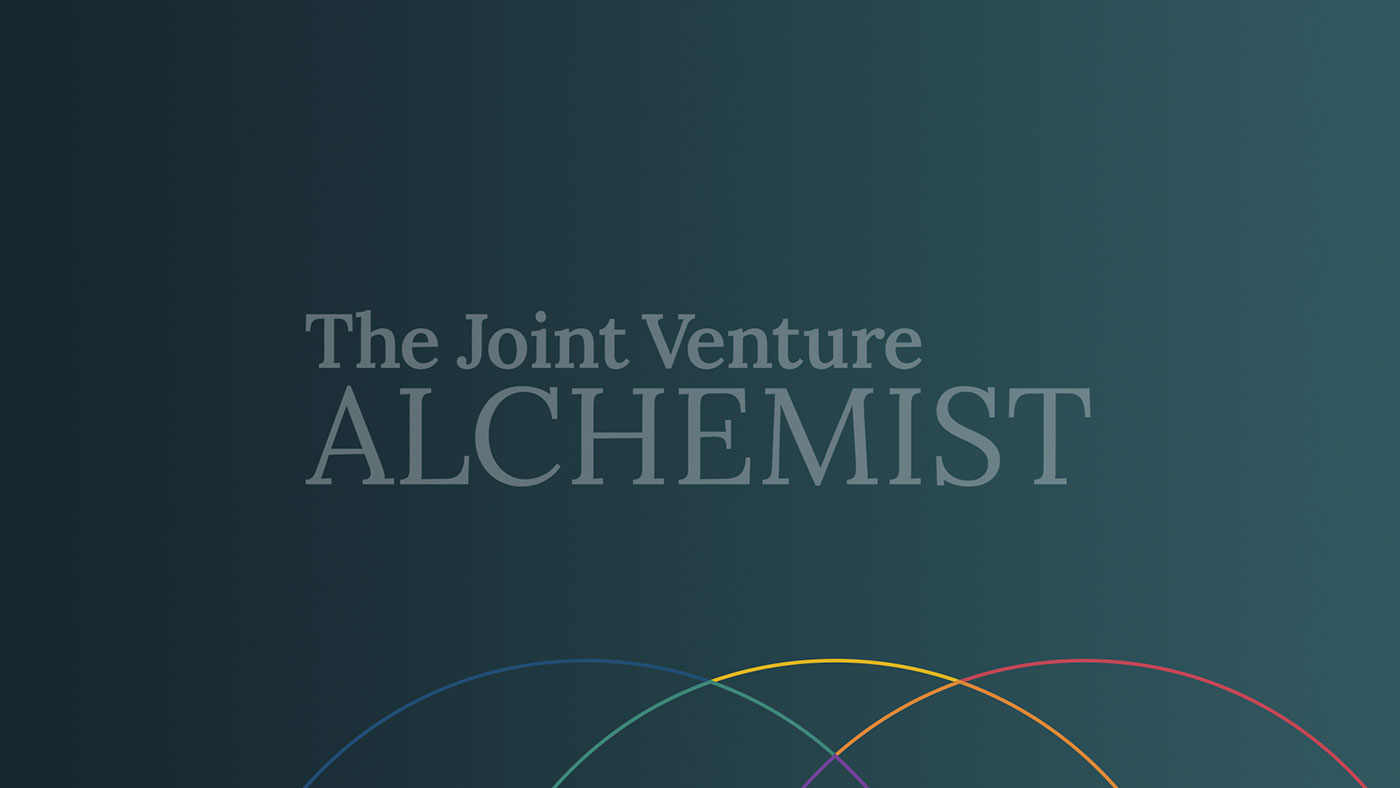
JVs and Partnerships in an Economic Downturn – What History Tells Us
Without diminishing the situation, a crisis may serve as a valuable catalyst for JV owners and boards to stop debating and take action on fundamental changes to restructure and improve existing ventures.

